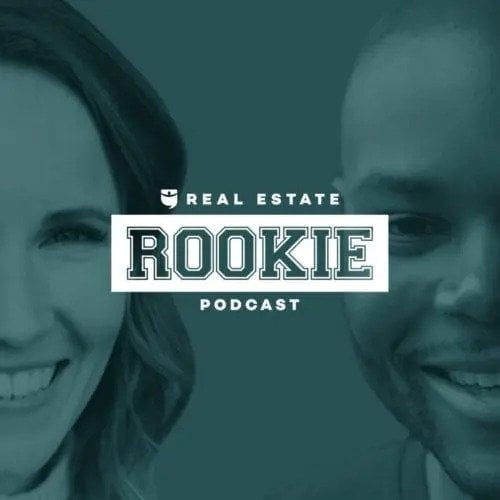When you start getting serious about your money, it’s tempting to jump straight into investing. After all, you’ve heard about compounding, building wealth, and financial freedom.
But before you put your first dollar in the stock market or into real estate, you need to build your financial foundation—and that starts with an emergency fund.
An emergency fund is simply money you set aside specifically for life’s unexpected moments. A surprise medical bill, your car breaking down, a job loss—these are all situations where having a financial cushion keeps you from going into debt or derailing your long-term goals.
Investing is how you grow wealth. But an emergency fund is how you protect it.
Why You Need an Emergency Fund
Life is unpredictable, and without a safety net, even a small emergency can throw you off course.
An emergency fund gives you peace of mind, knowing you can handle a crisis without using high-interest credit cards, taking out a loan, or cashing out investments at the wrong time.
Here are some common scenarios where an emergency fund saves the day:
- You lose your job unexpectedly and need time to find a new one.
- Your car needs major repairs, and you rely on it for work.
- A medical issue keeps you out of work for a few weeks.
Without a dedicated fund, many people end up in debt when these situations happen. That’s why building this cushion is one of the smartest financial moves you can make—even before you focus on investing.
How Much Should You Save?
The most common recommendation is to save three to six months of essential living expenses. This gives you breathing room in case of a serious disruption to your income.
But this number can vary, depending on your situation:
- If you’re single, self-employed, or in an industry with less job security, aim for closer to six months.
- If you have a very stable job and a dual-income household, three months may be enough.
The key is to focus on essential expenses like rent or mortgage, utilities, groceries, insurance, and transportation—not your full lifestyle budget.
If saving several months’ worth feels overwhelming, start smaller. Even a $500 or $1,000 emergency fund is a huge step in the right direction and can cover many common emergencies.
Where to Keep Your Emergency Fund
You want your emergency fund to be safe, easily accessible, and separate from your everyday checking account. The best options are:
- A high-yield savings account
- A money market account
These accounts keep your money liquid and secure, while earning a little interest. Avoid investing your emergency fund in the stock market, real estate, or long-term CDs—you don’t want this money tied up or subject to market risk when you need it most.
How to Build It Quickly
Building your emergency fund might feel daunting at first, but with a plan, you can make steady progress. Here are some tips to save faster:
- Set up an automatic transfer to your savings account every payday, even if it’s just a small amount.
- Cut back on nonessential spending temporarily to reach your goal faster.
- Use windfalls like tax refunds, bonuses, or cash gifts to boost your fund.
The most important thing is to get started. Saving even a little bit each month builds momentum and confidence.
Final Thoughts
Before you invest your first dollar, make sure you have a solid financial safety net in place. An emergency fund protects you from life’s surprises and keeps your long-term plans intact.
Start today, even if it’s just a small step. Once your emergency fund is fully funded, you can move forward with confidence, knowing you’re prepared for whatever comes your way.
The Real Estate Rookie Podcast
New to real estate investing and not sure where to get started? Join Ashley Kehr and Tony J Robinson every Monday, Wednesday, and Friday as they break down the basics with real-world deal analysis, investor interviews, and listener Q&A. Tune into the BiggerPockets Rookie Podcast to learn about real estate investing for beginners and get inspired by newbies who are making it happen.
